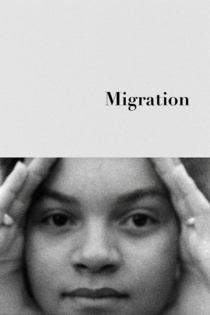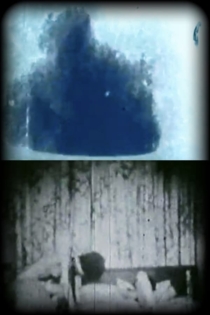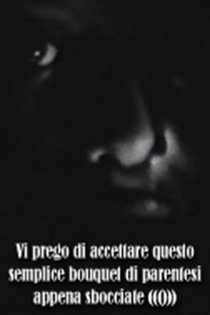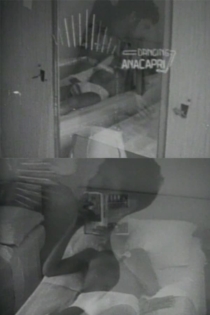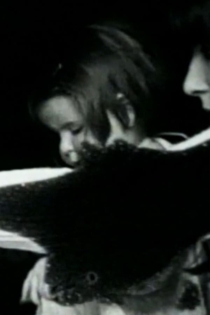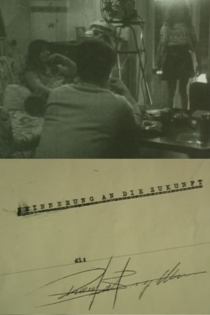
Piero Bargellini
1940 - 1982Fractions of Temporary Periods (I parte 'Ovvero plans-séquence per una bambina' e II parte 'Due ore pomeridiane della bambina')
Piero Bargellini
To me, to go to the window and look outside is like watching a film. Filming is a way to draw out the condition of spectator and alienate it. I made this film very instinctively, naturally. Now I am beginning to learn to watch it. The very idea of something that moves, like a bird in flight… movement. The sensation of an object in space, like the light on a screen… space. The speed of the sun… time… the opposite of an image or perhaps its absence/essence. Some advice: go see a good Hollywood film: a melodramatic, sentimental story. (P. Bargellini)
Fractions of Temporary Periods
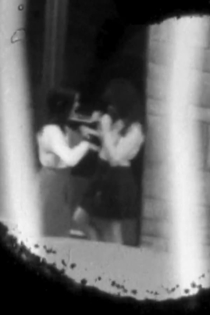
Stricnina
Piero Bargellini
The story: the death of a dog, filmed subsequently, a violent death because it is caused in a veterinarian’s clinic; a man in a white coat injects the strychnine… The film: afterwards there’s a moment when the animal’s eye emit violet-blue flashes, then nothing, but only apparently. Now everything is sweetness, what continues is death: the voyage into death – the transfiguration – the images that return, only to disappear from memory, emerge from the recollections in a purifying vortex that take them back to their essence. It’s the gradual breaking down of the image into form and then into colours and then into light and finally it’s the beginning: the vibration that is the matrix of sound of light of life. It’s the cosmos that makes that meat good to eat for a million years.
Stricnina

Dove incominciano le gambe
Piero Bargellini
Piero Bargellini, Rebecca Bargellini
Images of everyday life in the family for Bargellini, his wife Oriana and little Rebecca alternate with others whose meaning is less clear (the crypt of a vampire, a flower that blooms).
Dove incominciano le gambe

Migrazioni
Massimo Bacigalupo
Shahla Arbabi, Piero Bargellini
This is the third and most extensive part of the cycle Eryngium. The essential theme is the migrations that have populated our world, starting from ancient India and descending into Greece and Western Europe.The film’s conceit is that this movement is still in progress. The characters are shown in transit, as if they were part of an ancient caravan. While they move they make up myths and they worship the Great Goddess,impersonating her story. Thus she appears as young girl and mature woman, and is evoked in the stories and music given on the soundtrack: the Virgin of Bach’s Magnificat, the Sulamite of Stockhausen’s Song of Solomon (“I am black but comely”), tales by Herodotus, Kafka, Villon (as set to music by Ezra Pound). A section is devoted to the idea of celebration, where the migrants get together to worship the life-principle. Later the film moves back to the individual and solitude.
Migration
